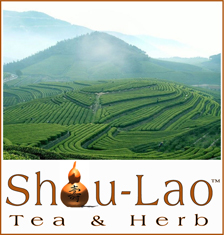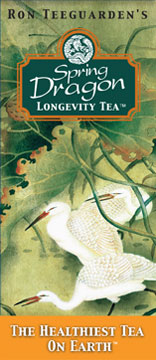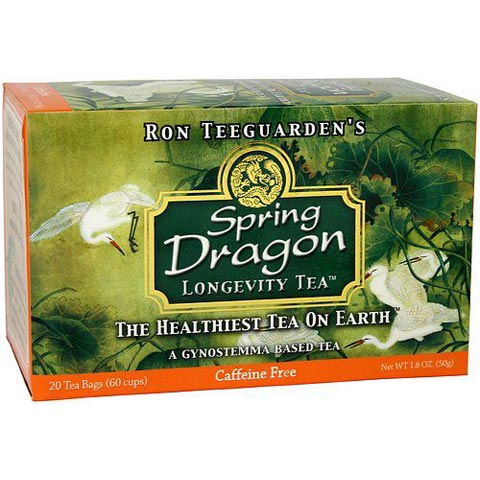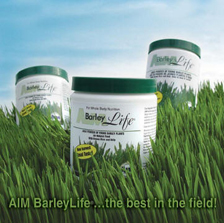Spring Dragon Longevity Tea
The Healthiest Tea on Earth
The Multifunctional “Magical Grass.”
In Asia, Gynostemma is known as a “magical grass.” It has been reported to have a wide range of health-promoting benefits
In Asia, Gynostemma is considered to be*
- Invigorating (does not cause hyperactivity – not a stimulant)
- Calming (promotes a sense of peace – not a sedative)
- Anti-aging (antioxidant and more)
- Anti-inflammatory (not as a medicine, but to help reduce the factors that cause low grade, sub-clinical chronic inflammation experienced by all humans)
- Immune-regulating (not as a medicine, but to help support the normal healthy functioning of various immune functions)
- A respiratory tonic (improve respiratory efficiency)
- A digestive aid (Gynostemma is very soothing)
Gynostemma has been shown in animal studies to have liver and cardiovascular-protecting benefits and to support normal healthy functioning in these organs.*
The ultimate greatness of Gynostemma lies in its broad spectrum adaptogenic (stress modulating) quality.* Adaptogenic herbs improve the efficiency of the metabolic, neurological, immunologic, respiratory and endocrine systems. Prolonged consumption of Gynostemma tends to have a highly protective quality because it strengthens the adaptive capacity of the person at every level of their life.*
Gynostemma has a double-direction activity in many areas*
Gynostemma has the ability to bring balance to the body under a wide range of stressful circumstances.
- Japanese studies have indicated that Gynostemma has a double-direction, regulating, adaptogenic influence on the central nervous system It is calming when one is overexcited and invigorating when one is fatigued.
- Gynostemma is widely known for its “spirit-lifting” effect on one’s mood.
- Gynostemma may have a direct strengthening effect on the heart*
Gynostemma has developed an enormous reputation in Asia as a major aid in weight management programs.
- Gynostemma has been shown to have a double-direction activity with regard to weight. Gynostemma can be useful in reducing excessive body fat, when combined with a reasonable exercise program and a healthy diet that modulates caloric intake.
- Gynostemma may also help athletes, body builders or excessively slim people to gain weight.
- Gynostemma accelerates the body’s metabolism and helps adjust blood sugar and blood fat levels. Adjusting blood sugar and blood fat are critical steps in attaining healthy metabolic function, whether one wants to lose weight by reducing excessive body fat, gain weight by building lean muscle, or maintain healthy weight by helping regulate bodily functions.
- Although Gynostemma is not laxative, it may help maintain healthy bowel movements.
- Gynostemma acts as a scavenger in the stomach and intestines, ridding the body of toxins, toxic microbes and waste that otherwise may become lodged in the intestines.
- Gynostemma protects the stomach lining.*
Gynostemma has potent antioxidant, and concomitant anti-inflammatory activity
- Gynostemma is a potent antioxidant that protects cell membranes from oxidative injury which can result in chronic inflammation.*
The main active ingredients in Gynostemma are known as Saponins
- The saponins in Gynostemma are called gypenosides. There are over 100 gypenosides in Gynostemma.
- These gypenosides are responsible for the hepato-protective and adaptogenic qualities of this tonic herb.*
The Story of Spring Dragon Longevity Tea
In 1972, a group of Japanese researchers reported that Gynostemma tea was being consumed as a daily “longevity tea” by large numbers of southern Chinese people. It was revered in the regions where it grew as “magical grass” because of its many reputed health benefits. Subsequently, studies conducted first in Japan revealed that Gynostemma was extremely rich in saponins that were extremely close to those found in ginseng and Siberian ginseng. As it turned out, Gynostemma is even richer in these saponins than ginseng. Gynostemma tea had generally been made from wild mountain Gynostemma pentaphyllum plants, but as Gynostemma reputation as a longevity herb grew, farmers learned to cultivate it. Within a decade, Gynostemma was being consumed by millions of Asians as a tonic tea.
in 1992, Ron Teeguarden was traveling to China to oversea a production run of tonic herbal formulations. Because of a ticketing mistake, he was upgraded to first class. By coincidence, he was seated on the long flight from San Francisco to Beijing next to Professor Xiao Peigun. Also, by “coincidence,” Ron had an photocopied article written by Professor Xiao in his travel bag. The article was entitled “Anti-Aging Chinese Herbs.” Xiao Peigun, as it turned out, was Director of the Institute of Medicinal Plant Development in Beijing, a major research institute belonging to the Chinese Academy of Medical Sciences. He was also head of the World Health Organization (WHO) Collaborating Center for Traditional Medicine, Commissioner of the Committee on Pharmacopeia for the People’s Republic of China and a Commissioner of New Drug Evaluation for the PRC. In other words, he was one of the most powerful and knowledgeable herbal experts in the world. Because Ron had his article on the plane, Professor Xiao took Ron under his wing. When Ron met with Professor Xiao at the institute, he asked Professor Xiao if he knew of any special tonic herbs with significant anti-aging qualities. Professor Xiao responded instantly that Gynostemma was exactly what I was looking for. Professor Xiao introduced Ron to the supplier of the highest quality Gynostemma in China and Ron was ready to develop a product.
Gynostemma is traditionally consumed as a tea, just like green tea. It is delicious as well. At the same time, Ron had come across a special, traditional Chinese method of brewing “longevity teas” by supersaturating extracted herbs into tea leaves. Ron decided to use this ancient technology to supersaturate Gynostemma leaves with a number of other tonic herbs that had traditional reputations as longevity herbs. With the help of Yanlin, he found a tea master who knew the secret of preparing the “longevity teas.” After experimenting for several months at Yanlin’s parents home in China, the final tea was determined and thus was born Spring Dragon Longevity Tea.
In Addition to Gynostemma
Schizandra – Called the “quintessence of Chinese herbs,” Schizandra is a delicious, exotic tonic fruit that is traditionally used to tonify all the systems of the body, clean the liver, open the lungs, nourish and moisturize the skin, and sharpen the mind. It is a potent antioxidant.*
Goji Berries – Known in Asia as a premier “longevity and anti-aging herb,” this delicious tonic fruit is a true superfood, rich in antioxidants. It is famous for enhancing strength, vision and beauty. Goji is rich in immune-potentiating polysaccharides.
Astragalus – One of the most important herbs in all of herbalism, Astragalus is highly regarded for its immune-regulating, immune-potentiating effects. It is also a potent energy tonic and blood tonic.
Eleuthero – Also known as “Siberian Ginseng,” Eleuthero is famous for its ability to enhance physical and mental endurance, to help us handle stress more efficiently and as a gentle mood elevator. Eleuthero, like ginseng and Gynostemma, is rich in saponins. It is the ultimate adaptogenic herb.
Luo Han Guo – This delicious, exotic fruit has been used for centuries as a lung tonic. It contains mogroside, a potent immune-potentiating glucoside.
Traditional Function: Adaptogenic, antiaging, immune regulating, anti-inflammatory, blood sugar regulating, fat reducing, tonifying to the Lungs, Heart, Spleen/Pancreas, Liver and Kidney, and detoxifying.
Who can use it? Anyone
Concentration: Whole cut Gynostemma tea; concentrated herbal extract (8:1)
Specifications: 20 teabags per box
Precautions: If you are under a doctor’s supervision for cardiovascular disease, check with your physician prior to using this or any herbal product.
Usage: Drink 1 – 3 tea bags a day, making from 1 to 10 cups of tea





